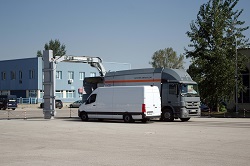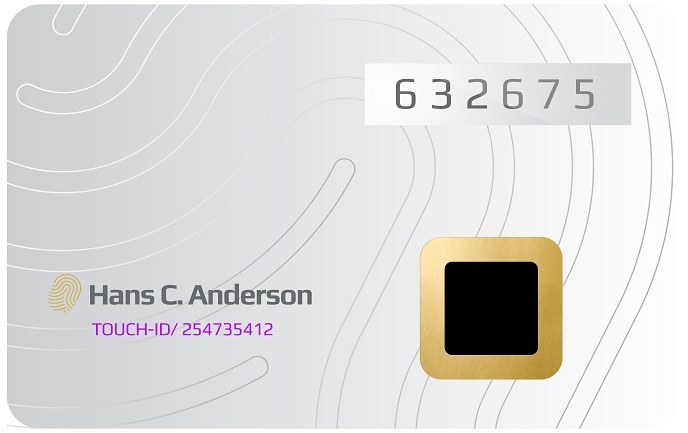No-guesswork maintenance for X-ray security checkpoints
X-ray systems used at security checkpoints, known technically as non-intrusive inspection systems (NIIS), have become essential to the processing of baggage and cargo by airports, customs, and other NIIS end users. The systems allow convenient searching for illicit goods or substances in objects. Doing so helps deter many types of crime. The systems work well. The problem is that the current maintenance is costly, time-consuming, and is at best inefficient and often unnecessary. Over 90 per cent of equipment failures result from conditions that can occur at any time, so the bulk of maintenance effort makes no difference to breakdowns. Preventative maintenance instead often causes malfunctions, with up to 70 per cent of incidents occurring shortly after servicing. As a result, NIIS suffer up to 35 per cent downtime each year. Determining when maintenance is actually required can be very difficult. Currently, the condition of components cannot be monitored during operation. The case of maintenance being required but not provided can lead to cascade breakdowns, especially when cooling systems are involved. This means expensive repairs. Therefore, the security industry needs a way of continuously monitoring the state of key NIIS components, to devise realistic maintenance schedules without guesswork. The EU-funded PMT4NIIS project investigated ways of providing the necessary monitoring and predictions. Continual monitoring The project concept essentially involves collecting, logging and analysing data from sensors in NIIS. The team first developed suitable new sensors and sensor networks, which were retrofitted into existing machines. Researchers used proprietary project algorithms to search the collected data for predictive patterns of maintenance and breakdown. During the project’s first completed phase, the team’s analysis detected useful maintenance patterns. This confirmed the concept’s technological and commercial feasibility. The developments are not yet ready for commercialisation. Nevertheless, the eventual product is confirmed to be on track towards the goal of permitting continual NIIS monitoring without regular inspections or costly repair interventions. New capabilities “NIIS maintenance staff will be able to monitor system performance from their offices, understand the operation, and receive intelligent assistance for the resolution of problems,” says Nikoleta Genova, communication specialist for Danlex, the project’s sole partner. Service providers will also be able to cooperate with Smiths Detection (an international screening-technology company) to swiftly carry out data-driven maintenance actions. The commercial product will also have numerous other advantages over contemporary systems, particularly in terms of automatic data collection, interactivity, and heuristic learning. Researchers are progressing towards commercialisation, in part by introducing the new maintenance concept and its benefits to the target market. PMT4NIIS will be offered to NIIS end users in Bulgaria, Macedonia and Kosovo, to NIIS service providers around the world, and to Smiths Detection themselves. “One unexpected challenge,” adds Genova, “was the need to ensure legal and regulatory compliance in each market we enter with regard to radiation safety, data protection, licensing, and intellectual property.” The team is working on such compliance, and has applied for EU funding for a second project phase. The new concept will eliminate unnecessary NIIS maintenance and related downtime thanks to predictions and real-time monitoring of NIIS condition that enable quicker repair times. Instead, maintenance will occur only when systems need it and therefore fewer visits to the site of NIIS will be necessary. Ultimately, the development will mean cheaper and more efficient operation of NIIS.







